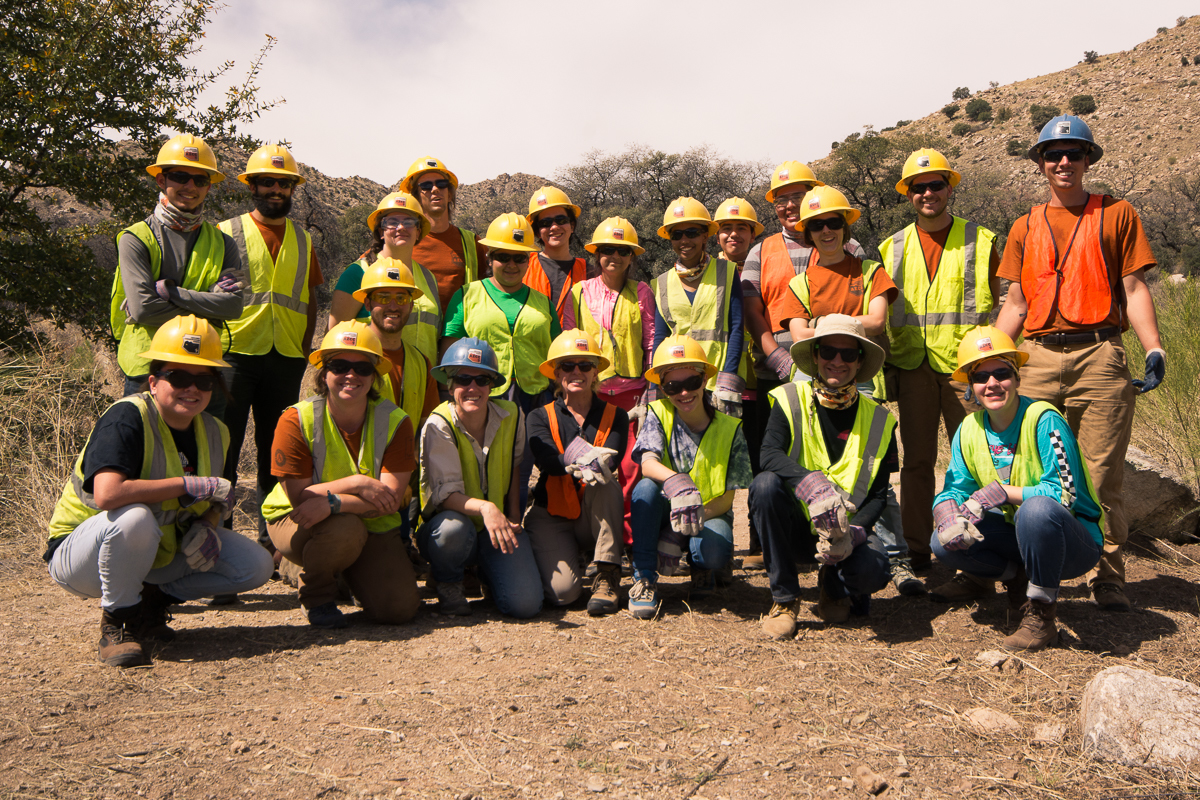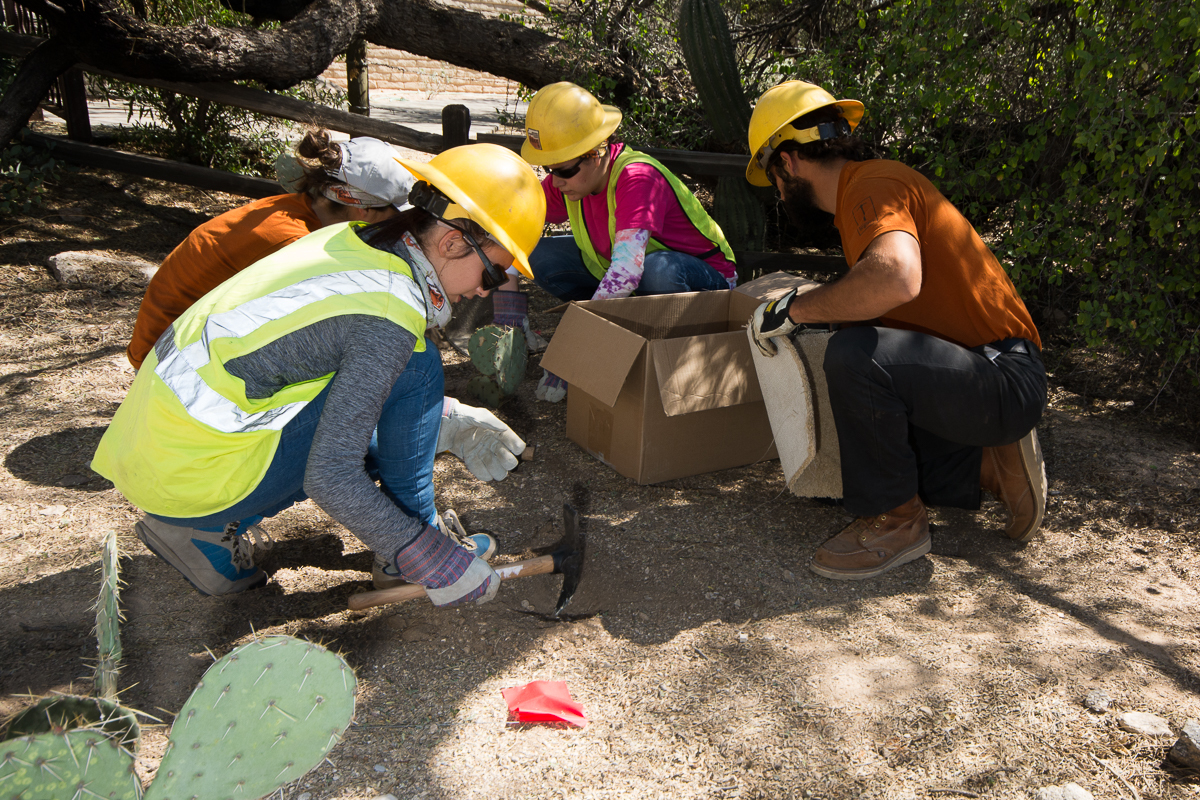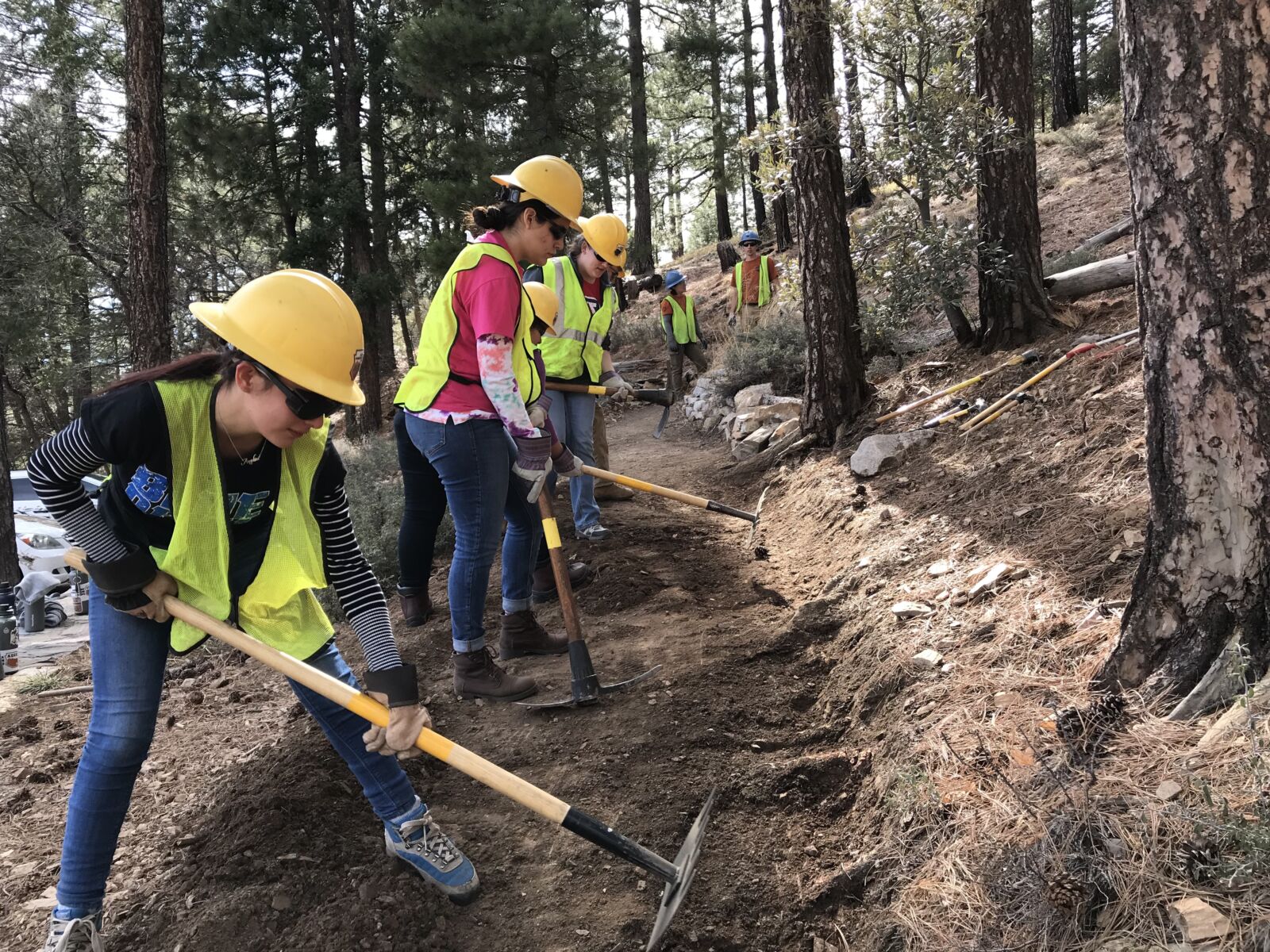Haga clic aquí para leer este artículo en español.
From the magnificent saguaro forests in the Sonoran Desert to the verdant ponderosa pine forests atop Mt. Lemmon, the Coronado National Forest offers something for just about everyone just about any time of the year.
But not everyone finds it ‘natural’ to visit our National Forests, even if that forest serves as the backdrop to a large city (like the Coronado does for Tucson). Sure, the outdoors draws its share of urban residents, but many of our nation’s youth are becoming “city-locked” or “techno-locked” —singularly focused on their urban and online communities. Other kids simply don’t have the resources to overcome the barriers that block them from accessing their local National Forest.
At the NFF, connecting people of all ages to our National Forests inspires our work, but we know it takes innovative approaches to reach our nation’s young people. We also know that young people are as diverse as our landscapes. Our youth programs strive to connect with kids in new ways, honor their interests and life experiences, and expand their values to include conservation, stewardship and a love of the outdoors.

Photo by Michelle Dillon Photography
In Tucson, we’re piloting a novel approach to traditional outdoor education curricula that we’re calling the Earth Conservation Experience (ECE). The program connects high school students to their backyard forest by blending their individual interests in science, technology, engineering, arts and math (STEAM) with their digital and online worlds.
The ECE focuses on four themes that align with the local school district’s career and technical education program focus areas: bioscience, engineering, media and communications, and culinary arts/ethnobotany. The students spend three days on the Coronado, learning about the values of conservation on public lands, meeting and working with natural resources professionals, camping under the Arizona stars, and hiking and exploring. For many, this is their first experience on a National Forest.
In addition to the practical, hands-on learning they receive, the students also combine the digital world they know (and love) with the natural world they are learning about. As part of each session, students post on the ECE’s Facebook page, draft blog posts and produce photo-essays of their work. This approach asks the students to think critically about their time in ECE, describe it in meaningful ways to friends and peers, and discuss how conservation can be a ‘viral’ ethic with their peers.

Photo by Michelle Dillon Photography.
The students also work alongside a youth conservation corps team who provide on-the-ground leadership and mentorship. This relationship has proven especially valuable, and over the course of several ECE cohorts, we’ve found this youth-to-youth interaction is magic in action.
Our partners bringing the ECE to life are also passionate about it. The Arizona-Sonora Desert Museum provides highly recognized education and curriculum development, oversees the sessions and hosts the students throughout their three days. The Arizona Conservation Corps brings a local youth corps team to work alongside ECE students on a stewardship project. Students learn about the value of stewarding our public lands and get introduced to conservation-related work opportunities. The Forest Service helps direct each session by finding a specialized project for the crews to tackle. And the local schools connect and recruit students who may not otherwise have an opportunity to explore their backyard forest.

Amy Orchard, the Arizona-Sonora Desert Museum’s Education Specialist, sums up her experience with the ECE: “In my 18 years working with teen programming at the Arizona- Sonora Desert Museum, I have never seen a program as powerful as this one. The energy, wisdom and enthusiasm that was brought to the students by the conservation corps team was magical! The attentiveness of the students to the scientists and other adults was unsurpassed! Eyes were opened. Hearts were filled. Minds were expanded. Futures made to look brighter.”
Getting youth out into nature is nothing new; we’ve been doing it for more than a decade. But the Earth Conservation Experience does more than just bring kids out into the forest; it bridges their everyday lives with the natural world, opens the door to new careers, and gives kids experiences that they wouldn’t otherwise have. Some call it powerful, innovative, magical…we just call it full STEAM ahead!

